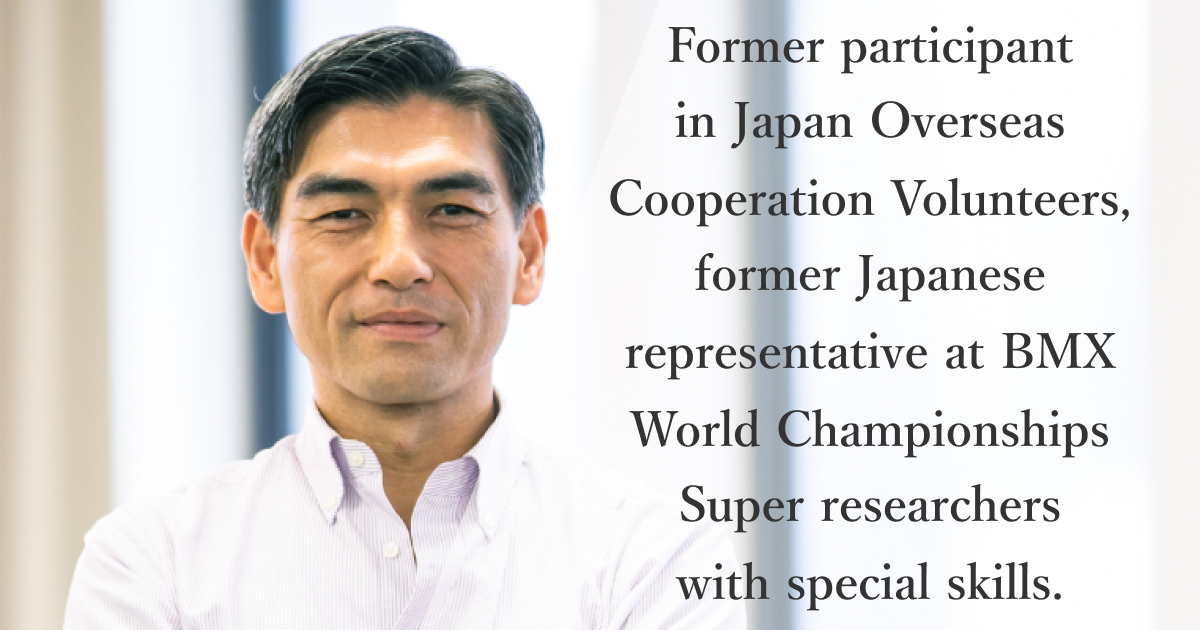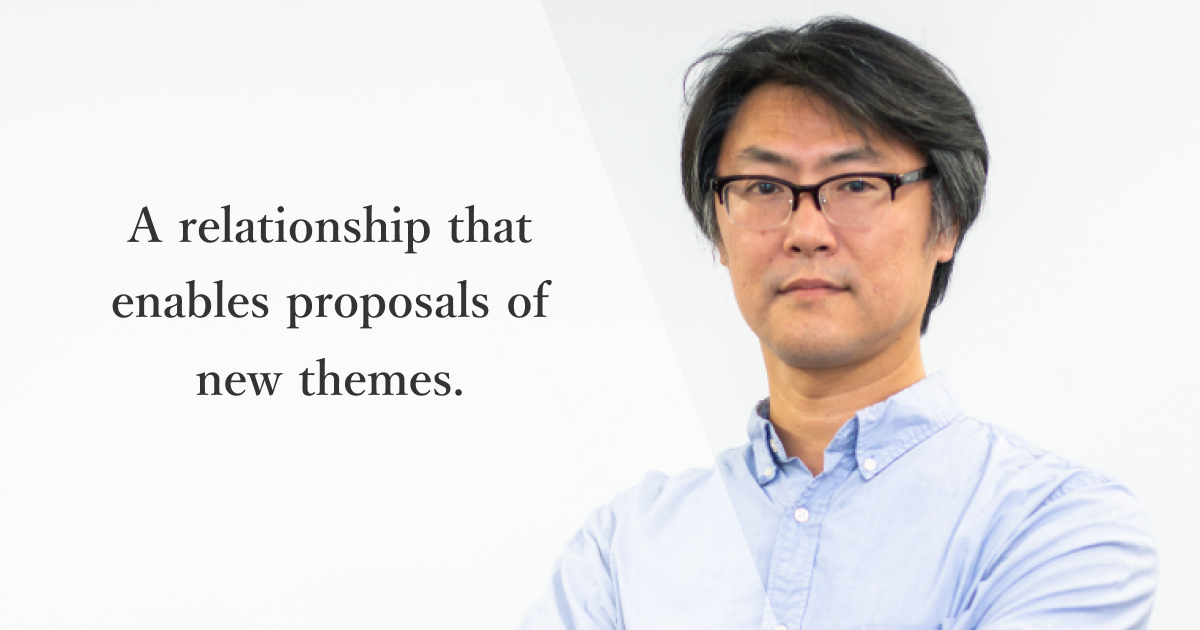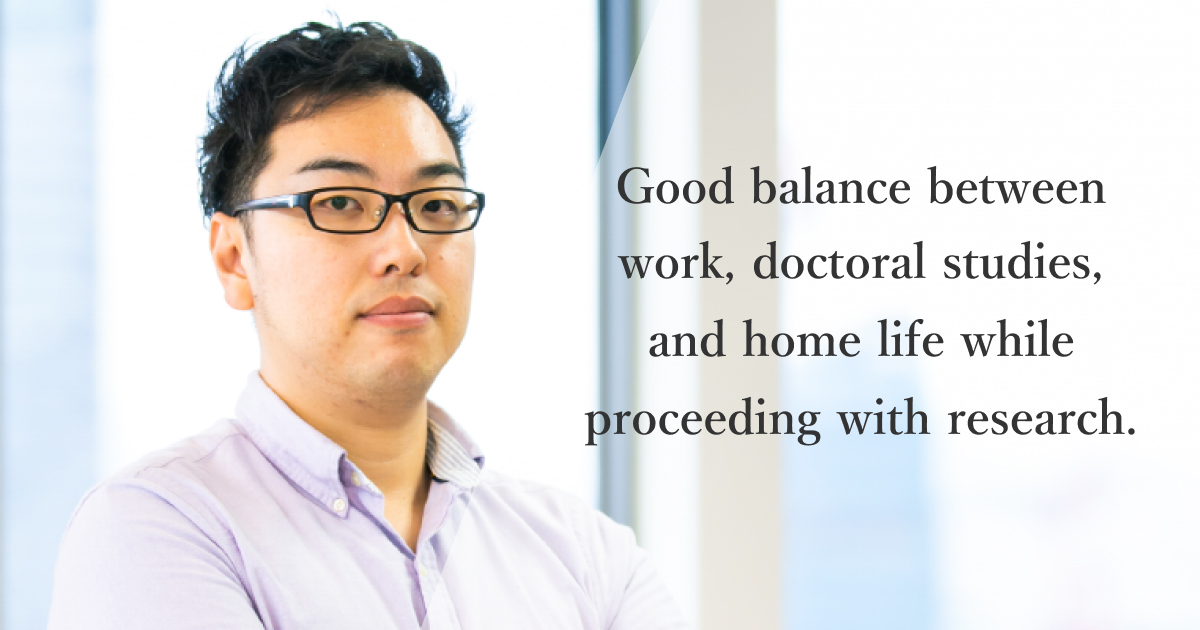Research and Development Group Researcher
Image
Recognition
Teppei Suzuki
Teppei Suzuki
PROFILE
Joined company in 2018
after completing master’s degree; conducts
research into image segmentation
Decided that working for IT Lab would lead to greater personal growth than pursuing doctoral courses
Mr. Suzuki was the first recent graduate to join DENSO IT Laboratory (hereafter IT Lab). “I simply enjoy studying”, he tells us. So why did he forego doctoral courses to work at IT Lab? We asked him what was attractive for him, as a recent graduate, about the company.
IT Lab is a great environment for young people who want to continue with their studies
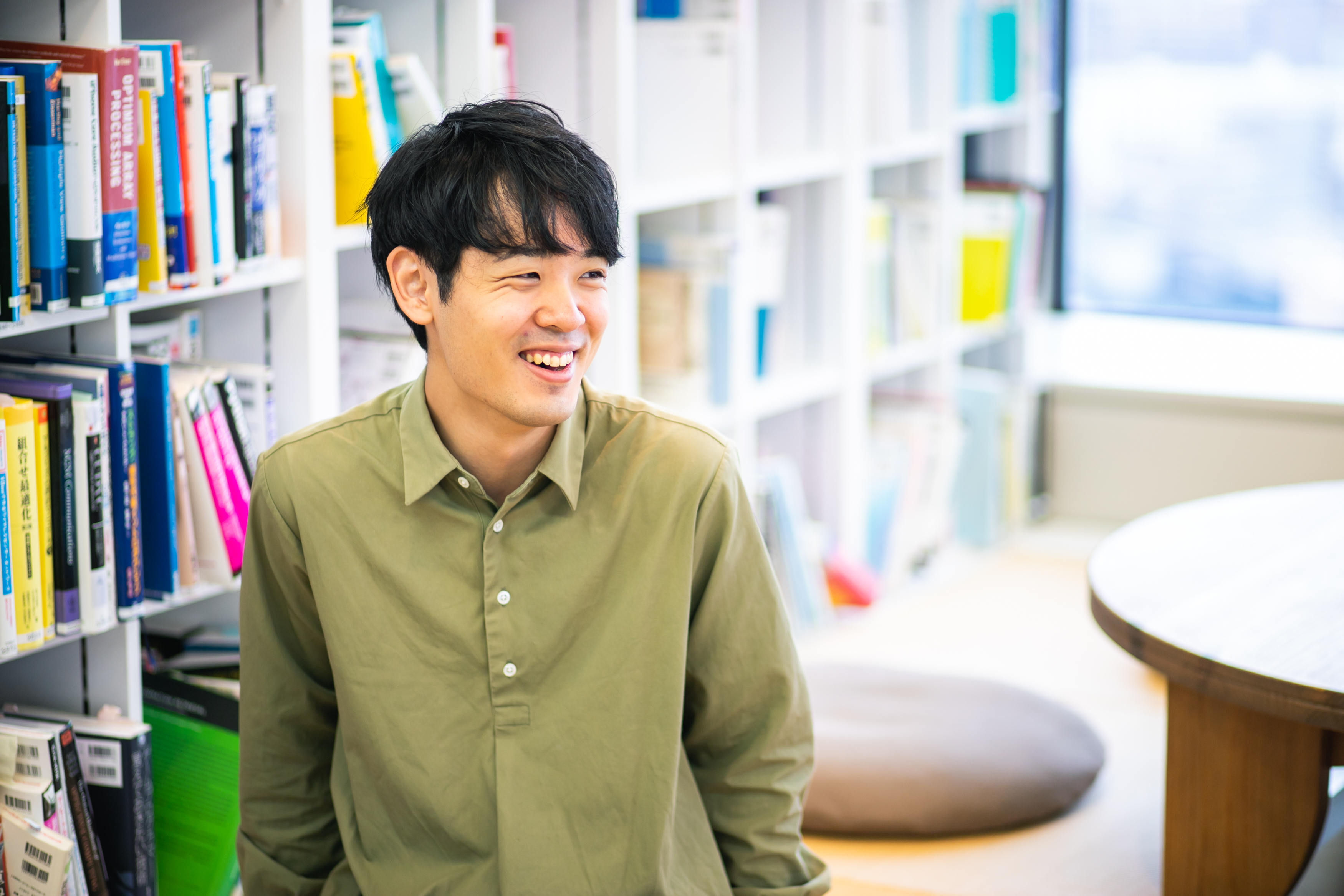
I first began thinking about IT Lab because of a senior student at my graduate research lab who did joint R&D with IT Lab. At the time, I was considering working my way through a doctoral course, but I also wanted to change my research environment and was having second thoughts.
From what my classmate told me, IT Lab was a place where researchers were given freedom and motivation to study the themes that interest them. I also wanted to continue studying and so I wanted an environment where there were a lot of talented people around me who could provide guidance, so that seemed like an attractive point as well. Lastly, a big part of my decision was the existence of a program that encouraged employees to pursue doctorates as they worked.
My job interview mainly involved me giving a presentation of things I had researched in university. At IT Lab, everyone has a technical background, even the staff in charge of hiring. The master thesis I was working on at the time was about “image segmentation with graph convolution” and the discussions I had with the more senior employees really gave me a fresh outlook.
The importance of ensuring safety in automobiles as carriers of human life
At present, the theme of my research is the use of machine learning to measure the distance to the foregoing vehicles. It’s a theme that meets a broad range of industrial needs. Unlike studying in a doctoral course, by working within a company, I think I’m able to engage with themes that have greater social applications.
Measuring distance from other automobiles via onboard cameras is a theme that a lot of other people are working on, so there’s a lot of competition, but my research comes from a slightly different perspective in that I’m developing algorithms for machine learning that will produce correct answers and enable the creation of model onboard systems.
The algorithms themselves already exist, but I have to do a theoretical analysis and determine the margin of error. With automobiles, understanding margin of error is important not only for measuring the precision of the algorithms, but will also help ensure safety, a top priority when considering that cars are carriers of human life. It’s an entirely new approach, so that makes it difficult. Right now, I am working toward releasing my research paper to IEEE.
My research theme wasn’t handed to me at the time I joined the company. Rather, it’s something that I settled on under the guidance of my in-company mentors. The mentorship system allows for veteran researchers within the company to give advice to younger researchers, and I’m told that it began from this year.
It’s not the kind of system where you have to schedule a mentorship session in advance. Rather, I’m able to freely seek advice and have discussions whenever I run into a problem. My mentors have a different research and career background, so they give me a new outlook on my research. We often have different philosophies on what is important, but that also makes it fun.
An environment that enables freedom in working style and ease of discussion
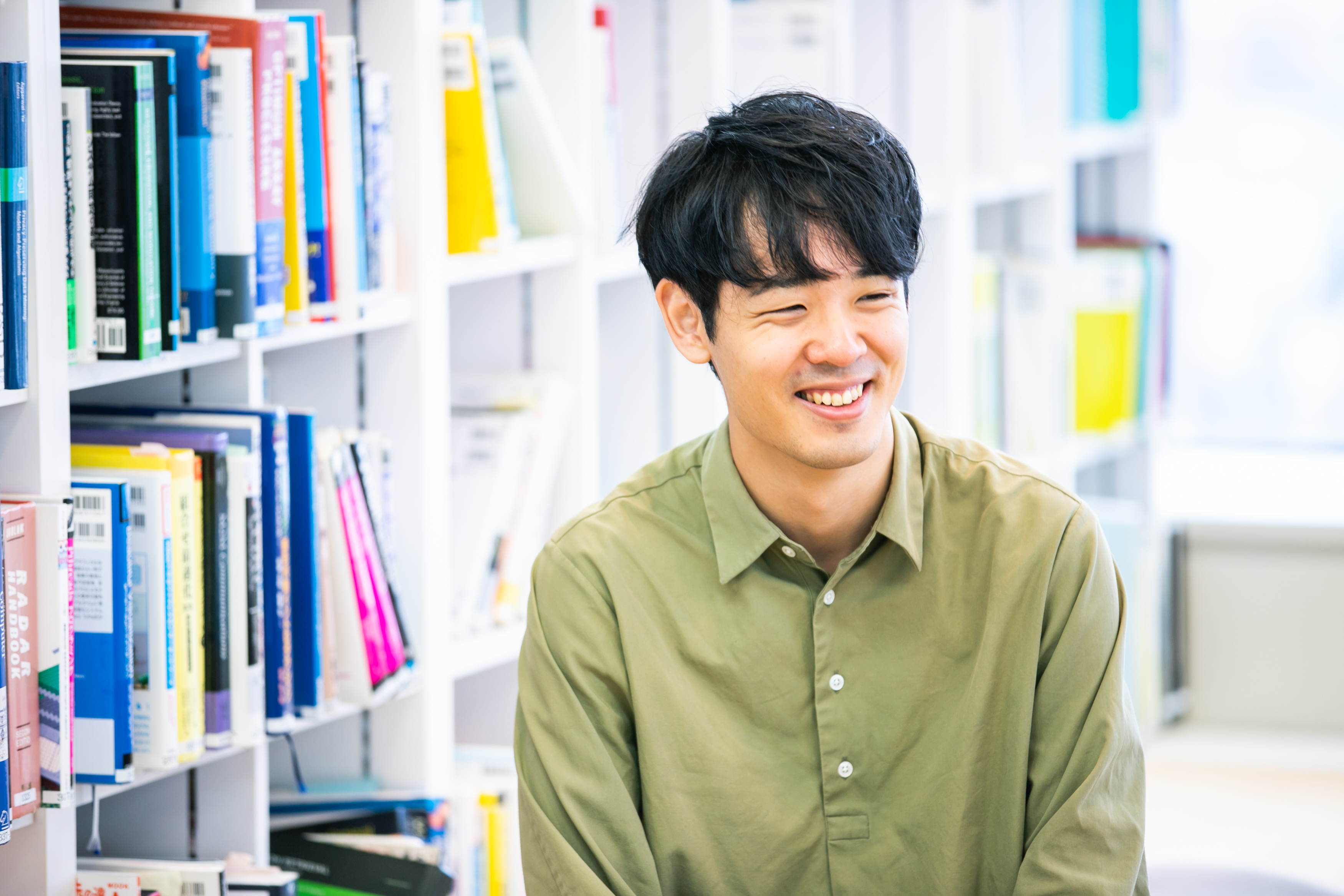
The company has a discretionary work system, so we can clock in at any time we like and even work from home. I know some of my co-workers drop their children off at pre-school before coming in and it seems like they have achieved a good work-life balance. In addition, we’re encouraged to participate in academic conferences, and you can even audit study sessions abroad without actually being present.
My own personal cycle involves clocking in at the office between 10 and 11 am, then leaving the office between 7-8 pm. I read and study papers about machine learning, write code that reflects what I learned, and carry out experiments. Then I engage in discussion with my mentors and other researchers.
In terms of seating assignments, we have a large room that is divided using individual partitions, so even though we’re divided from our surroundings, we still sense that there are other people around and it’s comparatively easy to start a conversation. The company also has a system where we gather every Thursday night to have drinks in the office and carry out free discussion, regardless of field. There have been times when those discussions have led me to new discoveries, and helped me make progress in my research.
Searching for themes that meet your interest while studying
I’m the type of person that can concentrate better when I have others around me and can hear people talking to a degree, so I like to study at cafes too. I don’t hesitate to study at cafes on the weekends. I don’t really draw a boundary between my work and my private life. For me, studying and gaining new knowledge is fun in and of itself. For me, research is about confirming my own level of knowledge and understanding. I do that by applying those things to problems that need to be addressed and generating output. The ideal situation for me would be to discover the themes I’m interested in by studying and increasing my level of knowledge.
Right now, my interest lies with graph signal processing. Graph signals consist of the weight of nodes and edges. One instance are “social graphs” that show the connection between users of social networks. There are many other phenomena that can be handled with graph signals as well. For example, with images, you can display each pixel as a node and if you also display the edges between neighboring pixels, you end up with a lattice-shaped graph. In addition, with languages, you can graph the relationship between subjects and predicates. In other words, an algorithm that makes efficient use of a graph signal has a wide variety of applications.
At IT Lab, I’m able to freely research the things that interest me and work in close proximity with people who have a business perspective, something that I don’t get in academia. I don’t think there’s another environment like that, anywhere. I’m still in the process of studying and acquiring knowledge, so I’m taught many things by those around me. I recommend the environment here to anyone who has a high ambition to learn.

